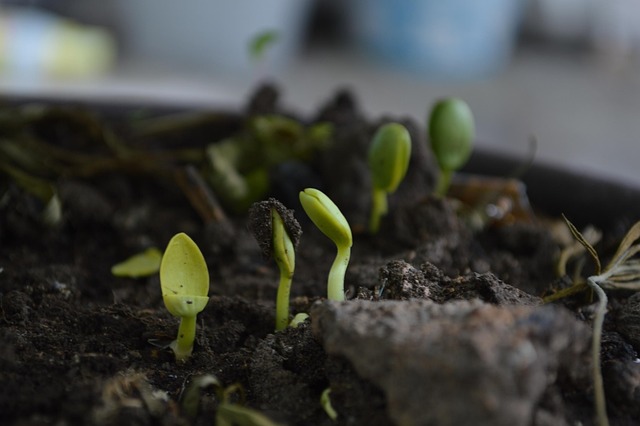Desertification is more than just the transformation of fertile land into barren expanses; it is a reflection of the ongoing battle between the forces of nature and human impact on the environment. At the heart of this struggle lies a crucial yet often overlooked factor: soil moisture content. This invisible element plays a pivotal role in determining the health of our ecosystems and the sustainability of our agricultural practices.
As climate change continues to alter weather patterns across the globe, the significance of soil moisture content grows increasingly critical. Deserts are advancing, and regions that were once lush and productive are becoming arid and lifeless. With higher temperatures and altered precipitation patterns, soil moisture is drastically affected. Reduced moisture not only hampers plant growth but also leads to increased soil degradation, making the land more susceptible to desertification.
The connection between soil moisture content and climate change is undeniable. Healthy soils retain moisture, provide nutrients for vegetation, and support diverse ecosystems. However, when soil moisture levels drop, it creates a ripple effect. Plants struggle to survive, leading to reduced vegetation cover, which in turn exacerbates soil erosion and nutrient loss. The relationship between these factors highlights the urgency of addressing the decline in soil moisture content in combating desertification.
This situation is not just an environmental issue; it is deeply intertwined with social and economic challenges. Communities that rely on consistent agricultural output face uncertainty as their lands dry up. The scarcity of arable land can lead to food insecurity, migrations, and conflicts over resources. Therefore, understanding and managing soil moisture content is not only essential for maintaining ecosystems but is also a matter of human survival and dignity.
To combat desertification and mitigate climate change effects, innovative practices must be adopted. Sustainable agricultural methods, such as cover cropping and no-till farming, aim to enhance soil moisture content by reducing evaporation and improving soil structure. Furthermore, restoring degraded ecosystems through reforestation and sustainable land management can help regain moisture levels and rebuild resilient environments.
Ultimately, fostering a deeper awareness of the significance of soil moisture content is vital for both individuals and communities. As we face the realities of climate change, understanding the intricate links between our environment and soil health will empower us to make informed decisions. Protecting our soil means protecting our future, and recognizing its value is the first step in reversing the tide of desertification.


